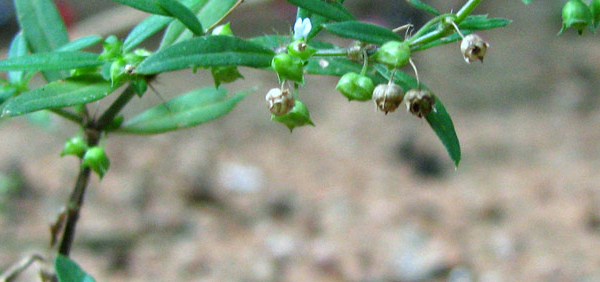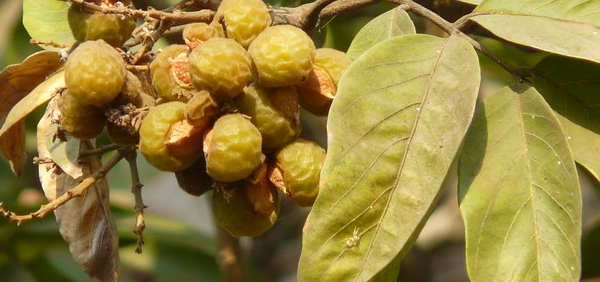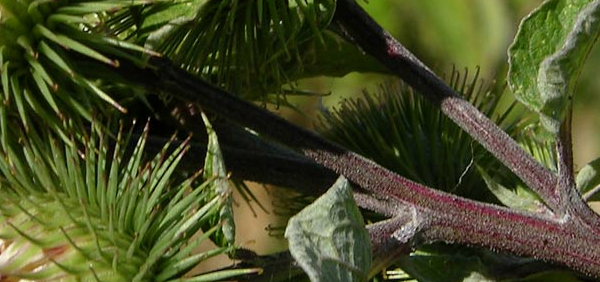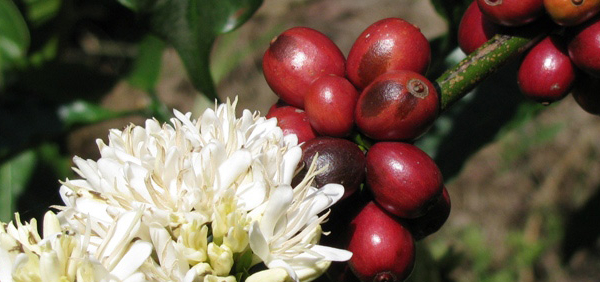brihat jambira :

Taxonomical Classification
Kingdom: Plantae - Plants
Subkingdom: Tracheobionta - Vascular plants
Superdivision: Spermatophyta - Seed plants
Division: Magnoliophyta - Flowering plants
Class: Magnoliopsida - Dicotyledons
Family: Rutaceae
Genus: Citrus L.
Species: auruntifolia
VERNACULAR NAMES
Sanskrit: brihat jambira/ NimbukaEnglish: bitter orange, sour orange, Seville orange
Hindi: Nimbu
Urdu: Poast turanj, ab-e-turani
Telugu: madiphalam, nimmakaya, matulungamu, dabbakaya
Bengali: begpur
Marathi: mahalunga
Konkani: mauling
Gujarathi: turanj
Tamil: Ambu/arunam/ Thesikkai
Malayalam: Ganapathi narakam
Kannada: maadala, deva maadala, mahaaphala
Arabic: qalambak
Assamese: namutenga/ kaji tenga, joratenga
Persian: kalimbak
Tulu: jambunerali
Varities:
The Key lime has given rise to several other lime varieties. The best known, the triploid progeny of a Key lime-lemon cross, is the Persian lime (Citrus × latifolia), the most widely-produced lime, globally. Others are, like their parent, classed within C. aurantiifolia. Backcrossing with citron has produced a distinct group of triploid limes that are also of commercial value to a limited degree, the seedy Tanepeo, Coppenrath, Ambilobe and Mohtasseb lime varieties as well as the Madagascar lemon. Hybridization with a mandarin-pomelo cross similar to the oranges has produced the Kirk lime. The New Caledonia and Kaghzi limes appear to have resulted from an F2 Key lime self-pollination, while a spontaneous genomic duplication gave us the tetraploid Giant Key lime.[12][13] The potential to produce a wider variety of lime hybrids from the Key lime due to its tendency to form diploid gametes may reduce the disease risk presented by the limited diversity of the current commercial limes- » Classification and names of brihat jambira
- » Synonyms and definitions of brihat jambira
- » Drug Properties of brihat jambira
- » Chemical Constituents of brihat jambira
- » Standardization of brihat jambira
- » Parts used and Dosage of brihat jambira
- » Morphology and Histology of brihat jambira
- » Distribution and Conservation of brihat jambira
- » Cultivation of brihat jambira
- » brihat jambira in the market
- » Medicinal Uses of brihat jambira
- » Researches and clinical trails of brihat jambira
- » brihat jambira in other sytems of medicine
- » Ayurvedic formulations with brihat jambira
- » Images of brihat jambira












